The post 3 Tips for Photographing Mixed Lighting in Interiors appeared first on Digital Photography School. It was authored by Lily Sawyer.
For many photographers, photographing mixed lighting scenarios can be painful. At weddings, for example, several lighting sources provide constantly changing colors such as DJ lighting, candles, fairy lights and up-lighters in the venue. It’s not too dissimilar in your home. Say you have your indoor tungsten and incandescent lights on in your lounge while the bright natural daylight streams through the windows. You get two different light sources with different color temperatures, which is a mixed lighting scenario.

Mixed lighting scenarios
This scenario is the reason why, for interiors, the general advice is to turn all artificial lights off and stick to one light source – natural light. I am aware that some photographers use flash for interiors, and in most of those cases, they make sure they are using daylight color temperature for their bulbs to match the ambient light.
Natural light, even if there is very little of it, can still be perfectly fine for interiors. As long as you can mitigate the amount of available light by using a slow shutter speed with your camera mounted on a tripod because nothing in the picture moves. It is more difficult to achieve when you are photographing portraits because you have subjects – people – who are living, breathing and cannot hold still for an extended length of time.
This is why artificial lighting such as strobes and electronics flashes get used as primary lighting for portraits to provide a light source with a color temperature you can control.

However, sometimes, you want to break the rules and photograph for fun or to capture what the eye sees regardless of the types of lighting in the scene. Sometimes, it is appropriate to embrace it all, just like what I have done in the photo above! When you decide to do this, here are my tips for you!
1. Ensure there is even lighting
My easy tip is matching light with light such as this photo on the below-left, where these fairy-light-lit Christmas tree with other string lights are all placed in a very bright space. The same could work with dark as in the photo on the right. A lot of dim lighting to even out the room lighting.

If you have a room that has a very dark corner and a very light corner, you will inadvertently overexpose the light section to expose the dark area correctly. Also, vice versa.
Photographers get around this problem by doing a composite where they put two properly exposed photographs of each corner together in Photoshop to create a perfect scene. This method is commonplace in a backlighting scenario where you are facing a very bright window and not using flash.

However, if you don’t have or want to use Photoshop, instead of putting your artificial lighting, such as a neon light or a lampshade, in a dark corner, put it in a light corner. Doing so evens out the lighting in a space.
For example, when placing neon in a dark corner, to correctly expose the darkness surrounding it, the neon lights are overexposed. Conversely, underexposing the neon light means losing the details of the dark area such as in the shot above. However, if you have to, ensure there are other lights to illuminate the dark area as well. That way, the neon is not acting as the sole illuminator in the dark area. Balancing the amount of light makes it easier to photograph a space.
2. Shoot deep using a small aperture and slower shutter speed
Use an aperture upwards of f/5.6. My preference is f/8 and if need be f/11. These apertures help you get all the details in focus. However, if you are aiming for background bokeh as shown in the photo below if using standard lenses, you need to use either a wide aperture. Moreover, if you are using macro/micro lenses both wide and small apertures should be applied. Play it safe by shooting with at least an f/5.6 opening. These shots below were taken with a 24-70mm lens at f/2.8.

Shooting with a small aperture helps alleviate the problem of overexposing a bright source in a very dark corner especially if it’s the only light source. You can see an example of this in the below-left photo, with the living room corner illuminated by the incandescent bulb lampshade. Just to the right of the image, you can see the daylight seeping through from a different room. It looks so much colder and whiter compared to the warm yellow light in the left corner.

3. Ditch the rules and embrace all the fun
The above kitchen photo contains all sorts of lighting: natural daylight from the windows, warm lamp lights on the floating shelves (the darkest part of the entire space), red fairy lights on the foreground left and more warm tungsten on the top-left. This scenario is what one sees in real life so why change it to conform to the rules? Why not embrace it instead and aim to take an excellent realistic photo rather than change reality to fit the other people’s expectations!
I hope you found this little article helpful, albeit it’s not what’s expected and out of the ordinary! As always, comments and options welcome below. After all, we are all entitled to have our own!
The post 3 Tips for Photographing Mixed Lighting in Interiors appeared first on Digital Photography School. It was authored by Lily Sawyer.
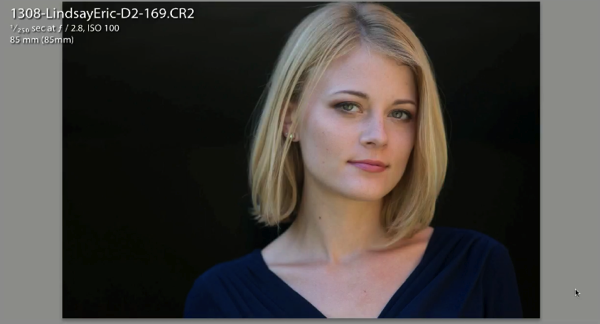
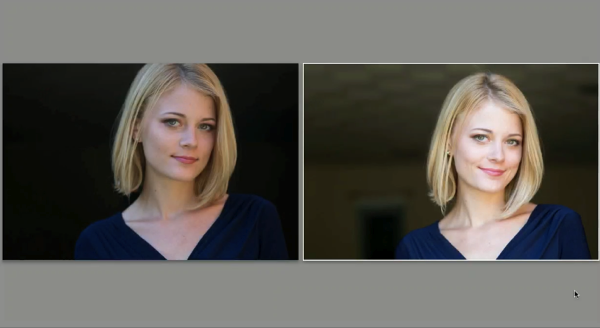

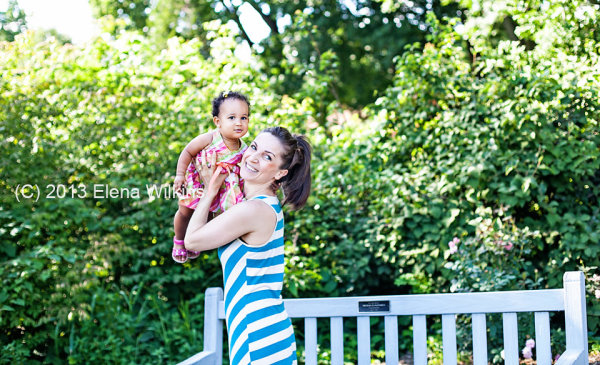
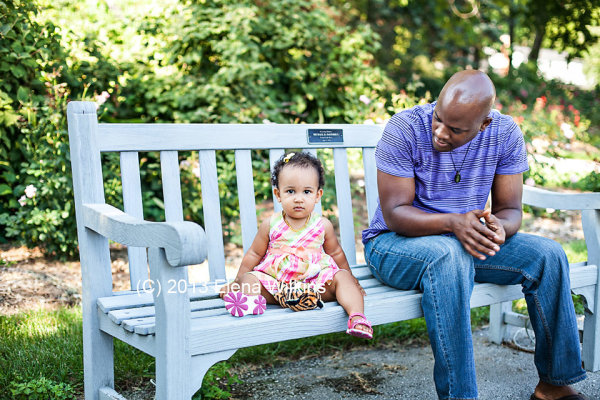

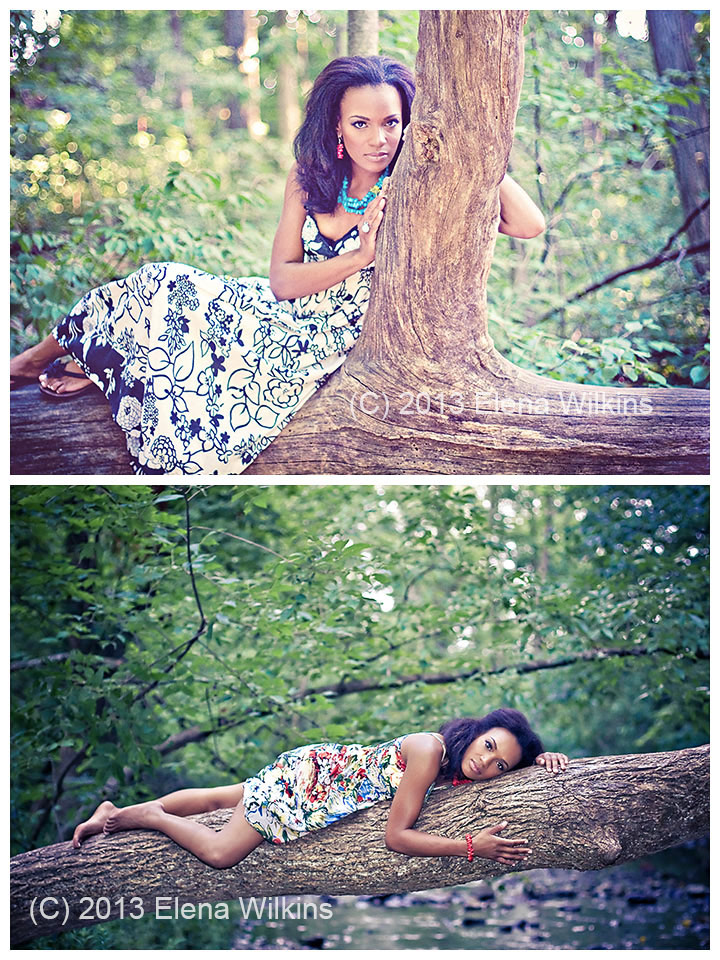
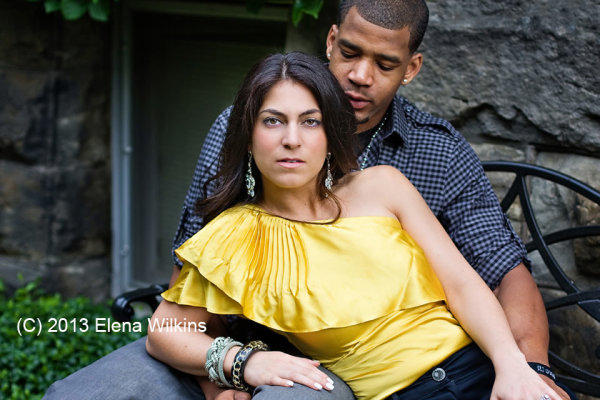
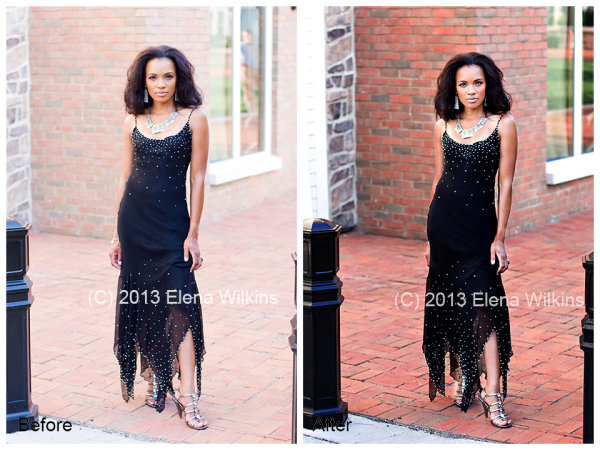
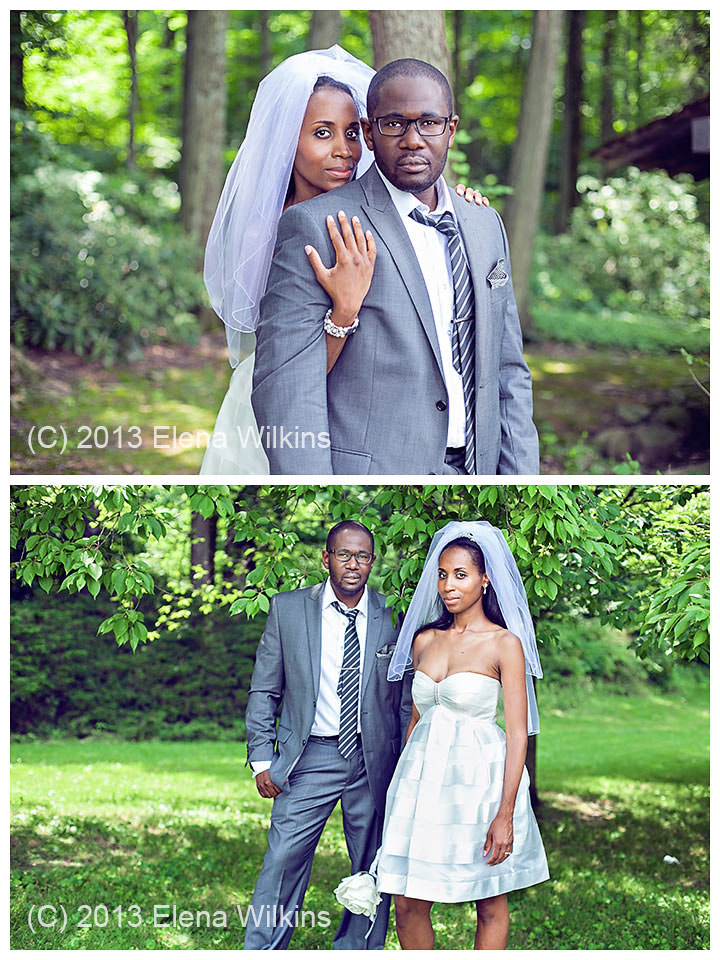


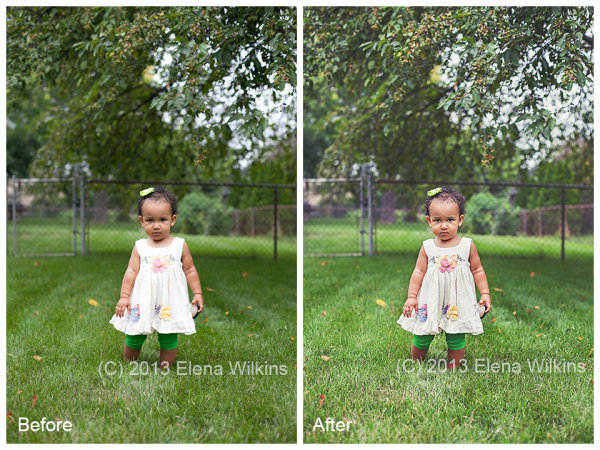
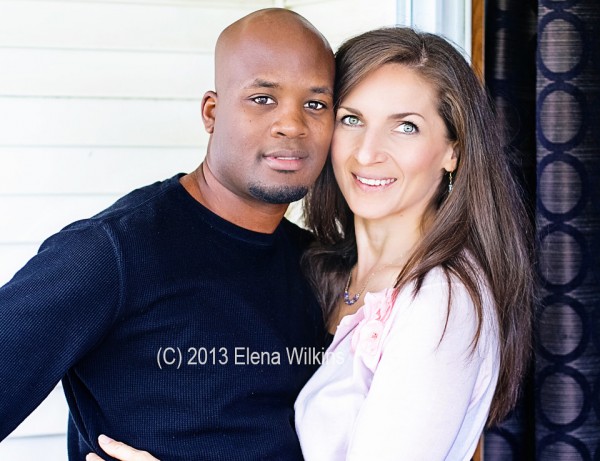

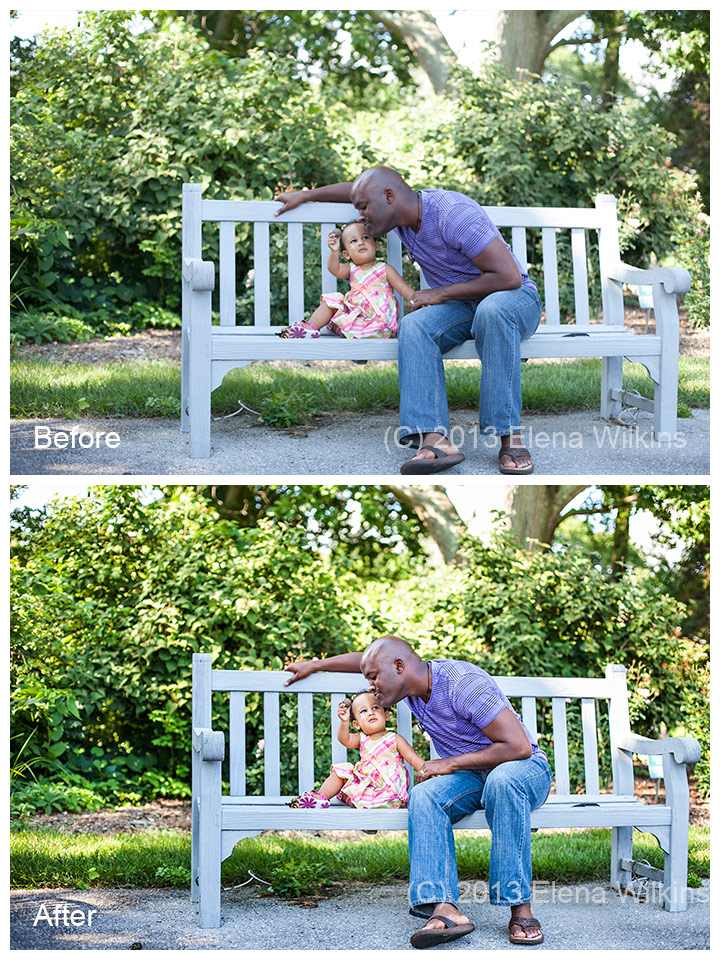


You must be logged in to post a comment.